Eight Steps to Determine the Right Rugged Connectors for Your Harsh-Environment Application
Designing for harsh-environment connectivity elicits a number of challenges. This guide will help you ask the right questions to determine the proper rugged connectors for your demanding application.
Rugged connectors are built for harsh-environment conditions. Both the internal and external components of rugged connectors are made to withstand challenging environments, including exposure to moisture or debris, shock and vibration, frequent mating and unmating, and even sterilization. These components aren’t one-size-fits-all; rugged connectors are built for a variety of applications, and requirements will vary depending on the operating environment.
Because rugged connectors are often used in military, medical, transportation, and other harsh-environment applications where risk must be minimalized, a careful evaluation and selection process is paramount to success. Adding to that pressure is the increased demand for devices to transmit more data using smaller connectors. Consider all variables when specifying rugged connectors for an application.
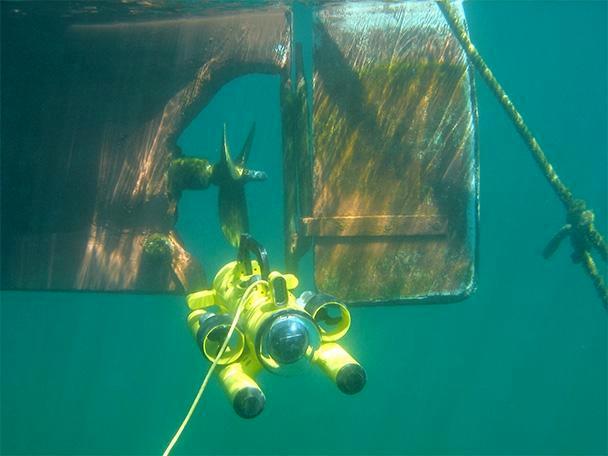
The Mini-ROV Observer 3.2 of SUBSEA TECH is a robot for deep sea inspection and includes several Fischer Core Series connectors custom engineered for marine and underwater applications.
Step 1: Understand Your Application
To determine if you need a rugged connector, you must understand its intended function and the operating conditions it will endure. If the connector will be subjected to extreme temperatures, hazards ranging from water to dust and dirt, high mating cycles, or sterilization, it will need to be ruggedized. Rugged connectors are also critical for devices that have no margin for error.
Questions to ask at this stage:
- In what type of environment will the connector be used? Will it be exposed to water, salt spray, or frequent washdowns?
- Will it be exposed to extreme temperatures?
- Does it need to withstand excessive vibration or pressure?
- Will it need EMI shielding?
- Must it meet specific standards, such as MIL-SPEC or ATEX?
Connectors can meet official industry standards through testing even if they don’t carry the official label. It’s up to designers to understand how a manufacturer specifies its connectors’ sealing specs, current ratings, and operating voltages. Review a product’s test standard to learn exactly how their testing was conducted.
Step 2: Evaluate Connector Basics
Every selection process should begin with an understanding of the electrical specifications.
Questions to ask at this stage:
- What size contact is required to support the power and signal needs for the application?
- Does the configuration of the contacts provide enough creepage and clearance for mixed power and signal?
- Do I need to make adjustments for operating voltage based on environmental conditions?
- How many contacts does the device need?
The size of the contact, as well as the size of the wire, determine how much electrical current an individual contact can carry. The voltage rating is dependent on contact spacing, insulation materials, and the geometry of the insulator used to isolate the contacts.
When reviewing specifications, pay particular attention to the temperature rise specification, which indicates how much heat will be dissipated at a specific current value, and the compatibility of the contact with the conductor size. This information is critical to preventing overheating, which is a common cause of premature connector failure.
Step 3: Consider Sterilization Methods
Sterilization comes into play in medical and laboratory applications and can be an important consideration as you select rugged connectors.
Questions to ask at this stage:
- Which method of sterilization is most likely to be used: chemical, radiation, or steam autoclave sterilization?
- Will temperature-stable or radiation-resistant materials be needed to survive the chosen sterilization method?
- Should the connector be protected with a protective cap during sterilization or handling to prevent contact damage?
Some sterilization methods are corrosive and will require stainless steel connectors. Knowing the type of sterilization could impact material choice and protective accessories.
Step 4: Examine Your Need for Speed
Today’s technologically connected world places greater emphasis on data transfer capabilities. Devices must be able to transfer large amounts of data via both local networks and the internet while using specific protocols. In zero-risk environments, that pressure increases. Data transfer must be accurate and unencumbered when equipment and safety depend on it.
Questions to ask at this stage:
- Is the connector capable of handling the protocol required?
- What cable configuration is required to preserve the ability to pass data quickly?
- Will an electrical connector do the job, or should I look at fiber optics?

A two-part testing process will make absolutely sure you are getting the speed you need. Always test the connector and cable together in this process. The first round, conducted during the design phase, should use software to simulate the compatibility of the connector with the protocol. The second round should involve a physical prototype to test the connector and cable combination using a network analyzer. Your connector manufacturer may also be able to provide test data on recommended connector and cable combinations.
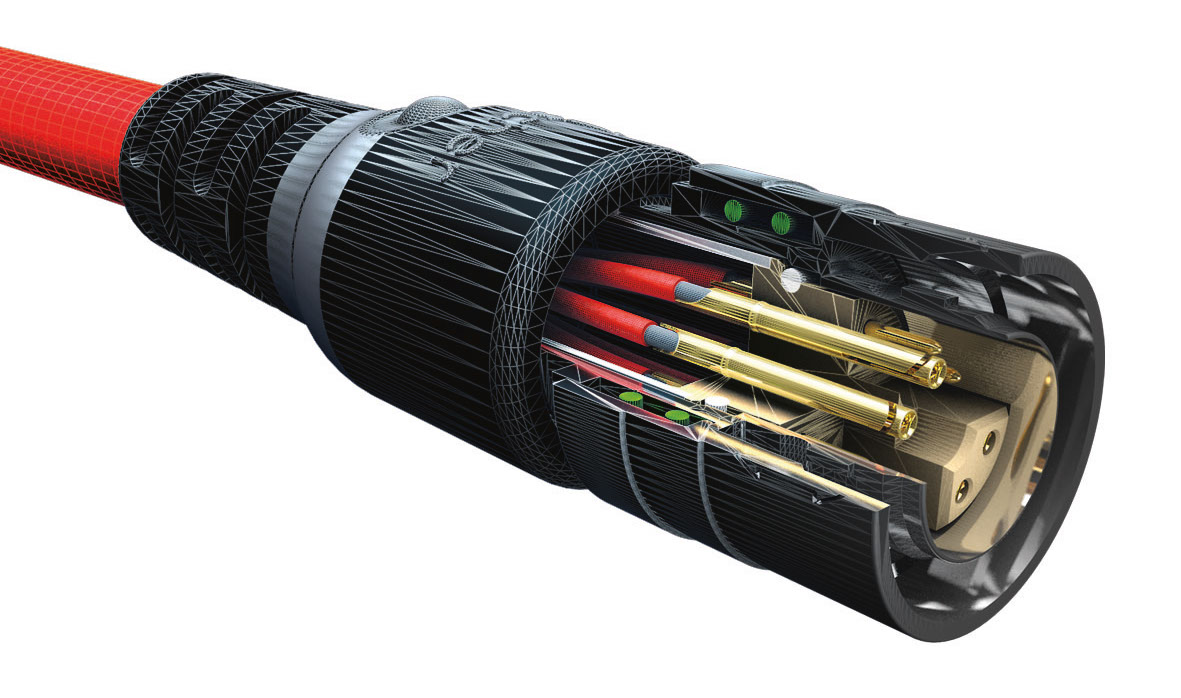
The Fischer MiniMax Connector has multiple configurations designed for data speed. This cross-section shows the configuration designed for Ethernet.
Step 5: Examine Connector Characteristics for Reliability
Remember the connector requirements that you assessed in step one? Many of them will be addressed again at this stage when you really dig into the details related to reliability.
Questions to ask at this stage:
- How often will the connector be mated and unmated?
- Does the device utilize multiple connectors that are similar? If so, you may need keying and/or color coding to differentiate them.
- Will you need a protective cap for connectors that remain unmated for periods of time?

This is an example of how harsh-environment connectors can employ a keying system to prevent unintentional connections. Color-coded rings or boots are another way to help users differentiate plugs and visually match them to the proper receptacles.
Connectors rated for 5,000 to 10,000 mating cycles are recommended for applications that require many mating cycles. Another consideration is resistance to harsh-environment conditions. Temperature, sealing, and durability characteristics are key here.
To identify the proper rugged connector, look for the following characteristics:

Connector characteristics for rugged connectors.
Step 6: Understand Connector Materials
A connector’s housing material affects reliability, weight, and cost.
Questions to ask at this stage:
- Is weight an important consideration?
- Is miniaturization important?
- Will the connector be used over a long period of time, or are the plug and its associated cable disposable?
- Will the connector be used in a corrosive environment?
Brass connectors with nickel or chrome plating tend to have a longer lifespan than most materials. Aluminum is sometimes preferred when weight is a priority, and both brass and aluminum are ideal for miniaturization. Plastics are best for limited-use or disposable applications. As noted above, sterilization methods will also be a determining factor for materials selections.
Step 7: Understand the Details of IP Ratings and Sealing Types
In harsh and hazardous environments, your IP rating is a guide to the level of protection your connection will have. Ingress protection (IP) ratings are used to define the level of protection a device has against dust, dirt, and water. Rugged connectors for extreme environments are typically rated at IP68 or higher but may need to be hermetically sealed.
Commonly used sealing levels include:
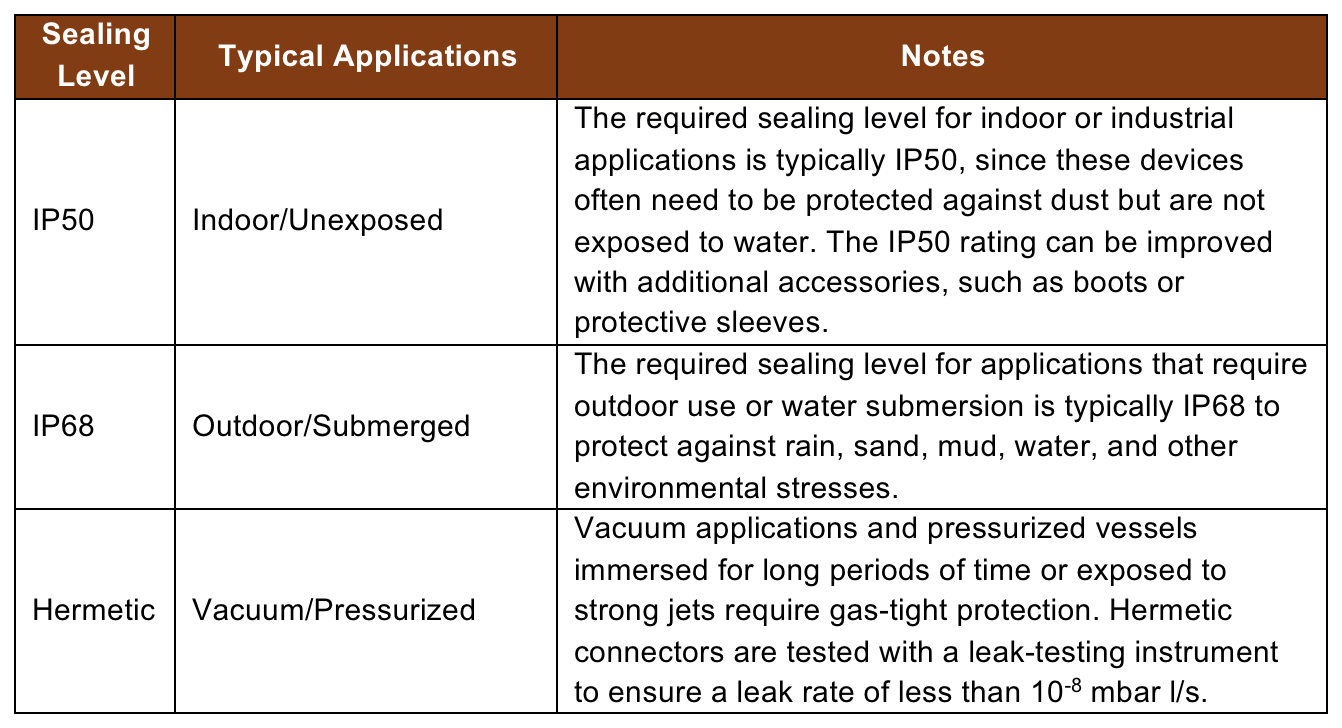
Questions to ask at this stage:
- Will the device be exposed to water, dirt, or dust?
- Is the exposure intermittent or sustained for long periods of time?
- If it is exposed to water, is it fresh water or saltwater?
- Will it be submerged? How deep? For how long?
- If IP68 ratings are cited, ask about the time and depth of the test.
- Does the application require gas-tight hermetic sealing?
If waterproofing or dust/dirt-proofing is needed, look for IP68 ratings or above while keeping in mind that each manufacturer can define this particular rating differently. For instance, an IP68 rating of two hours at 20 meters is very different from an IP68 rating of 24 hours at 120 meters, but both situations can claim IP68. Details from the manufacturer will better define the exact IP68 specification. You also need to know whether the connector’s IP rating is for mated or unmated conditions.
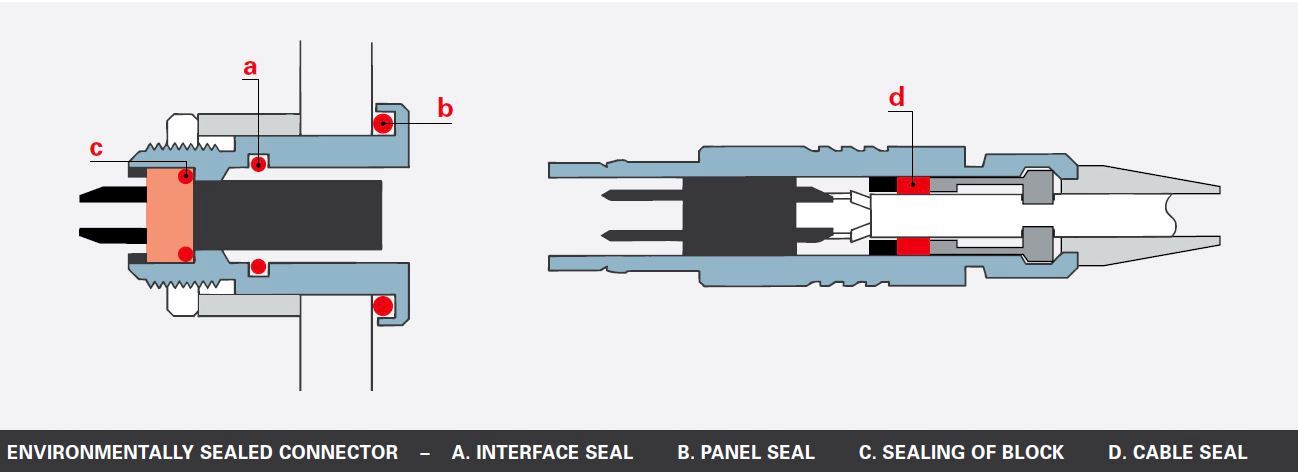
This diagram of Fischer Core Series connectors shows sealing locations that help create an IP68 rating in plugs and receptacles.
Hermeticity is required for gas-tightness. Examples include vacuum applications and pressurized vessels often found in instrumentation applications. These applications require a high level of sealing to prevent gas leaks over longer periods of time.
Questions to ask if hermetic sealing is required:
- What vacuum level is needed for the application?
- Is there a pressure differential to consider?
- Which type of O-ring material is needed?
Be sure to take into consideration the total pressure differential that exists on the device as a whole. Hermetic connectors must be built with these considerations in mind.
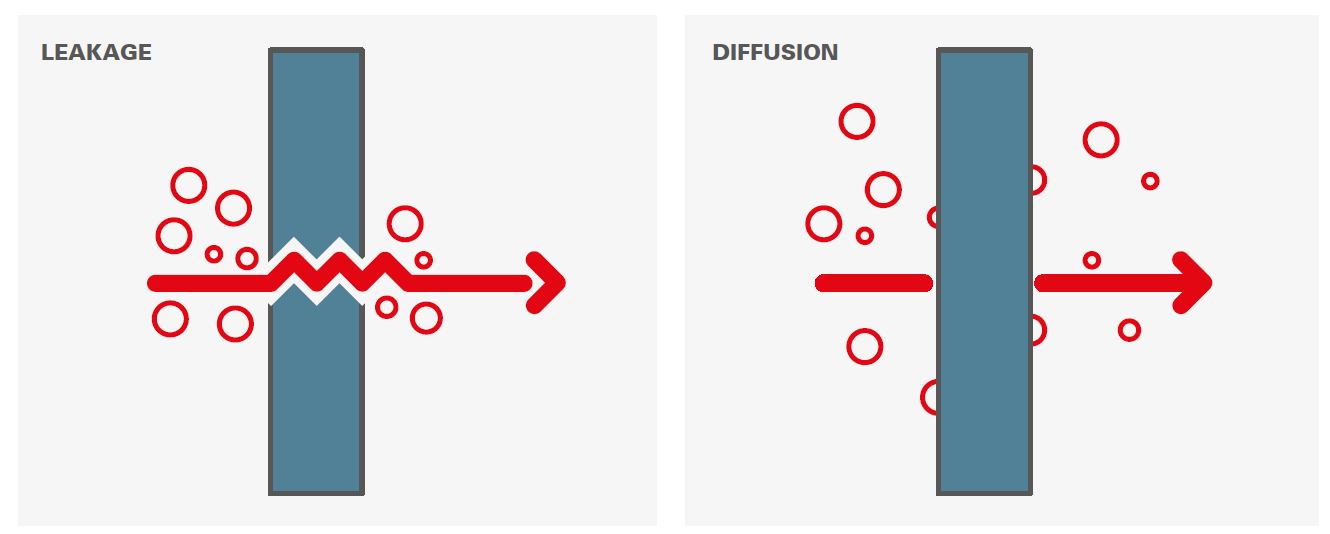
Hermetic connectors are tested for both leakage and diffusion to ensure a gas-tight seal.
8: Examine Miniaturization Needs
All of the factors that you have considered up to this point will have an effect on how small your connector can be and the functionality and performance you can expect from it. It’s often not a question of whether miniaturization is needed, but how small you can go and still maintain a rugged solution that stands up to the application environment.
Manufacturers are responding to the demand for miniaturized connectors that can deliver functionality and performance that once required two or three connectors. However, there are still limitations.
Questions to ask at this stage:
- Can I replace separate power and data connectors with a single connector?
- How does the pin density impact my ability to specify a smaller connector?
- Will the pins still deliver the data speed I need? Will they meet the power requirements?
- Do the device’s sterilization requirements limit the connector materials that can be used?
- How will termination requirements affect miniaturization?
Voltage, current capabilities, pin size, pin count, and termination methods are all extremely important considerations. Small connectors are more difficult to terminate and may be available pre-wired. Pin size affects how much power a connector can carry, and the size of the connector has a direct correlation to the dielectric withstanding voltage.
Ask suppliers to prove that their connectors can meet data speed requirements. They may also be able to recommend cabling options that will work with the connector you choose and meet the demands of your application.
Bonus Step: Selecting Your Cable
You should have a good idea about the type of connector you need. Think about cable selection now, before you’ve finalized your full design. Rugged connectors need to have equally rugged cable assemblies.
Questions to ask at this stage:
- What conductor size is needed based on system power requirements?
- Is the dielectric withstanding voltage AC or DC?
- What is the flex life of the cable assembly?
- Which jacket material best suits the environmental needs of the application?
- What are the sealing requirements for the cable assembly?
- What color cable do I need?
- Does the application require an overmolded cable assembly or a bend-relief boot?
- Should I purchase pre-cabled plugs?
Very few OEMs make cable assemblies in-house. Most turn to a specialty cable assembly provider or to their connector manufacturer to recommend specific cables, overmolds, and assemblies that will create a rugged interconnect solution. In addition, the increasing number of miniature connectors sometimes makes assembly difficult. Consider buying pre-assembled plugs or custom assemblies from the manufacturer for the smallest connectors.
Conclusion
Rugged connectors are a small but vital component of today’s devices. New innovations are constantly changing the options available to you, as well as their capabilities. Having a good supplier relationship is critical to staying abreast of the latest technologies and ensuring that your entire configuration, including cabling, will meet the requirements of your application.
For more information, visit Fischer Connectors online.





